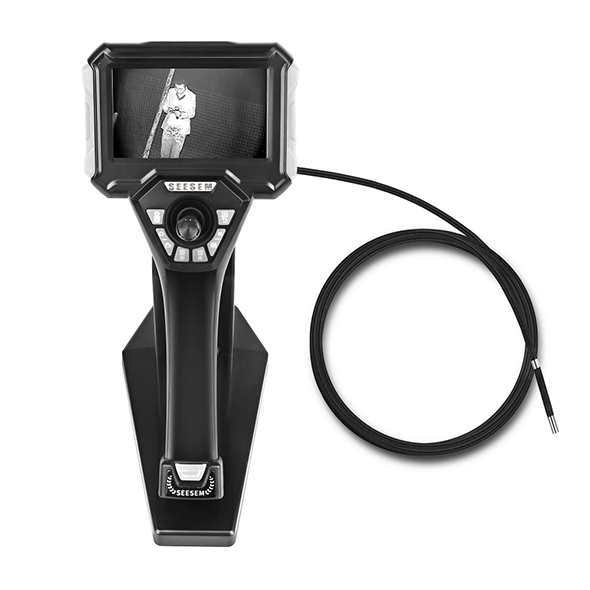Exploring the Depths: The Marvels of Videoscopio industrials
In the ever-evolving landscape of industrial technology, one innovation stands out for its ability to revolutionize inspection and maintenance processes across various sectors – the industrial videoscope. This advanced tool has transcended traditional methods, enabling professionals to venture into the hidden and inaccessible realms of machinery, infrastructure, y más.
Unveiling the Concept: What is an Industrial Videoscope?
An industrial videoscope, often referred to as a remote visual inspection (RVI) device, is a sophisticated instrument designed to capture high-quality visual information from hard-to-reach or hazardous areas. It consists of a flexible insertion tube housing a camera, illumination sources, and sometimes additional sensors. The captured visuals are then relayed to an external display in real-time, allowing operators to assess conditions without physical presence in the inspected environment.
Applications Across Industries
The utility of industrial videoscopes spans numerous industries, each benefiting from its unique capabilities. In aviation and aerospace, videoscopes are crucial for inspecting the intricate interiors of engines and aircraft components. The energy sector employs these tools to examine pipelines, boilers, and reactors without the need for dismantling. Similarly, manufacturing plants utilize videoscopes to ensure the quality of welds, machinery parts, and assemblies.
In the automotive industry, videoscopes are indispensable for inspecting engine cylinders and other components that are difficult to access. Even the realm of medicine benefits from videoscope technology, with endoscopes being a prime example, assisting in minimally invasive surgeries.
Key Advantages
The adoption of industrial videoscopes brings forth a plethora of advantages:
- Reduced Downtime: Traditional inspection methods often involve shutting down operations for thorough assessments. Videoscopes eliminate the need for such downtime, enabling continuous processes and minimizing production losses.
- Enhanced Safety: Hazardous environments, such as confined spaces or areas with toxic gases, can now be inspected without endangering human lives. Operators can stay safely positioned while remotely maneuvering the videoscope.
- Cost Efficiency: Avoiding disassembly and reassembly of complex machinery not only saves time but also reduces labor and operational costs.
- Accurate Diagnostics: High-definition visuals provide a clear understanding of the condition of components, allowing for precise diagnostics and informed decision-making.
- Documentation and Analysis: Visuals captured by the videoscope can be recorded for future reference, control de calidad, and trend analysis.
Pushing Technological Boundaries
As technology advances, so do the capabilities of industrial videoscopes. Modern videoscopes feature advanced camera technologies, such as high-resolution imaging and 3D visualization, enhancing the quality of inspections. Además, the incorporation of robotics and articulation mechanisms enables greater control and maneuverability of the insertion tube, reaching even more challenging areas.
Conclusión
The industrial videoscope stands as a testament to human ingenuity, transforming the way industries approach inspection and maintenance. Its ability to provide clear, real-time visuals from the most remote and inaccessible locations has redefined efficiency, seguridad, and precision in various sectors. As technology marches forward, we can only anticipate further enhancements to this indispensable tool, pushing the boundaries of what can be achieved in the world of remote visual inspection.


